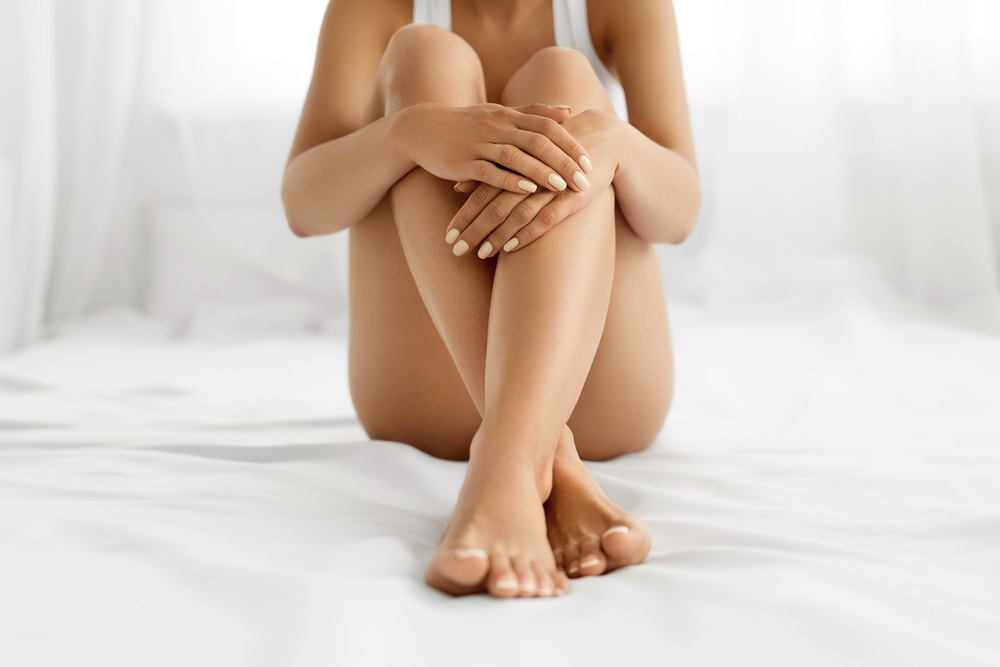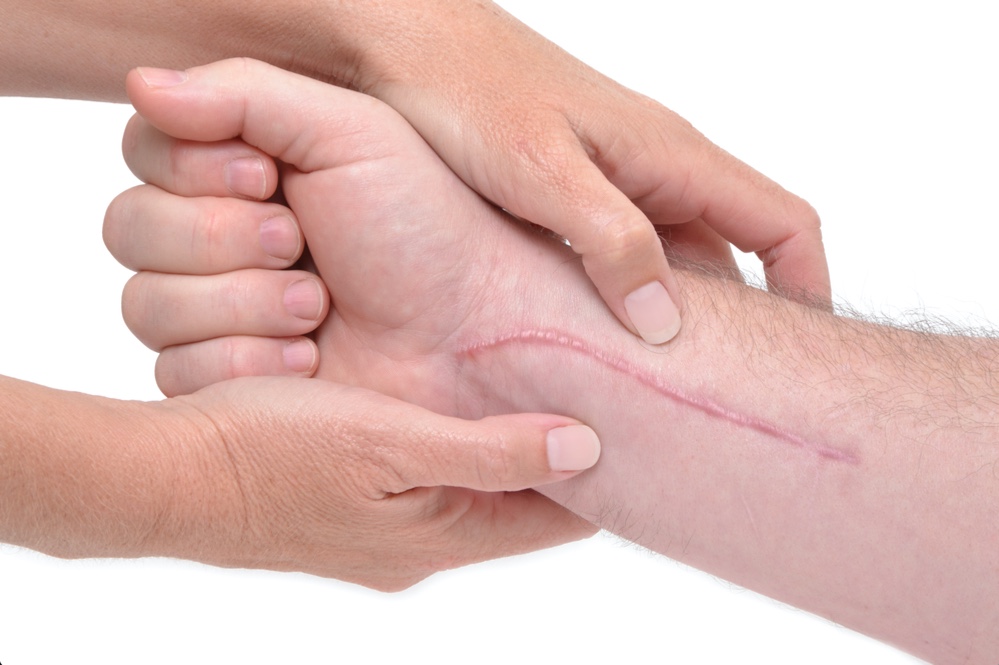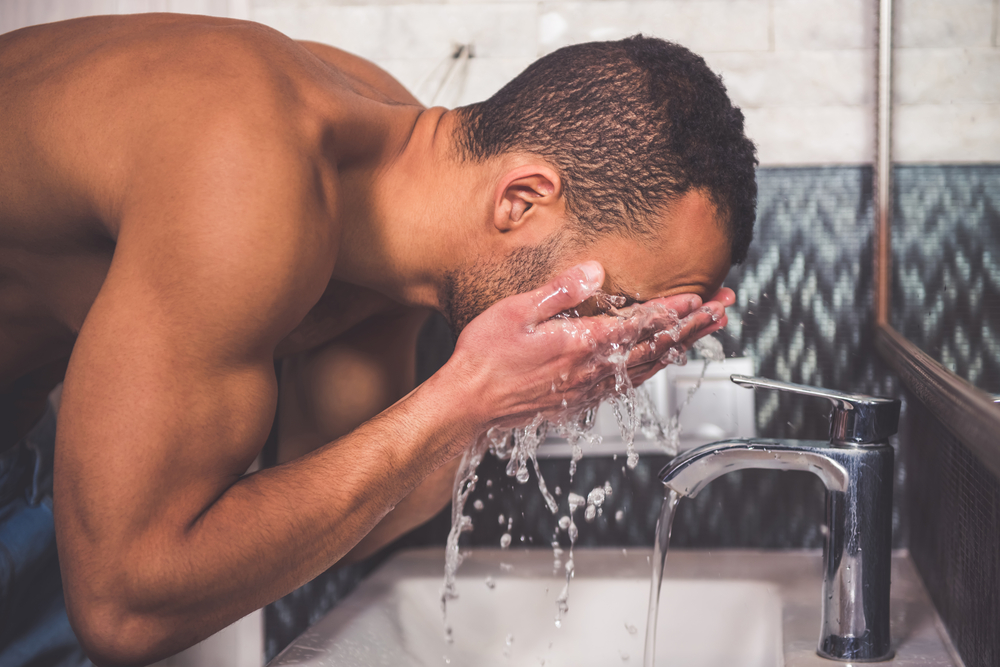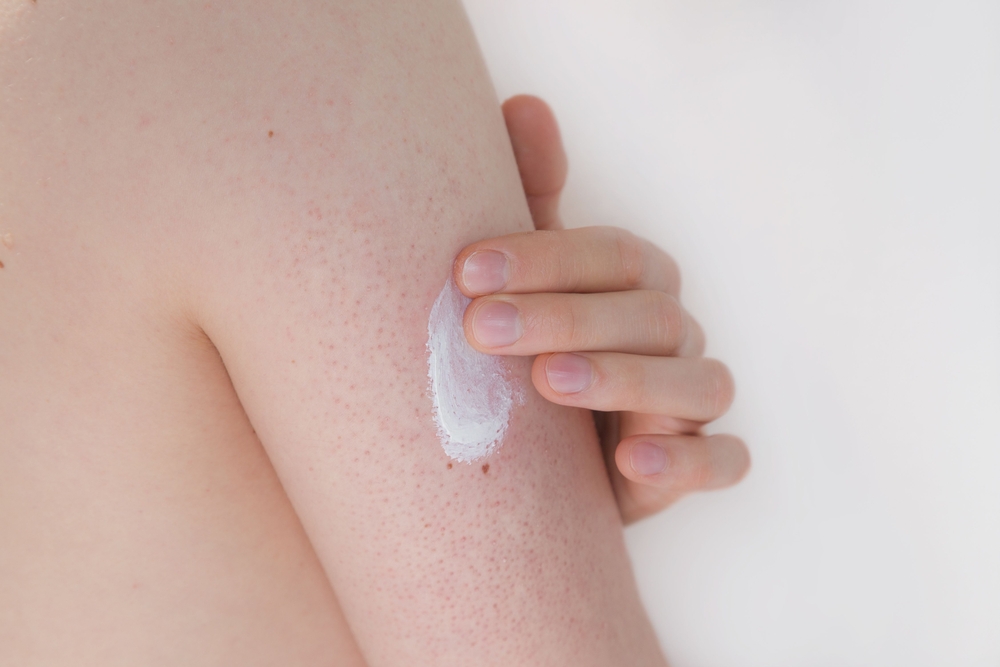- Apply ice water or ice cubes to the skin to help combat puffiness, acne, and under eye dark circles.
- Ice water applied after a layer of baby powder creates a long-lasting polished appearance.
- Ice soothes inflammation and constricts blood vessels, reducing redness and puffiness.
- Dermatologists caution against ice facials for some skin types; certain skin conditions can be worsened by extreme temperatures.
Who needs retinol, alpha hydroxy acid, or gold-infused creams when you already have good old H2O? This is the thought behind the hot—so to speak—skin care phenomenon called the ice facial.
Backed by such celebrities as model Kate Moss, makeup artist Lisa Eldridge, and facialist Ole Henriksen, this age-old beauty secret is once again in fashion. And now a Korean beauty trend is gaining in popularity in the United States—the practice of pairing ice facials with baby powder—to create a foundation that appears flawless.
Benefits of an Ice Facial
Why the popularity? Soaking the face in ice cold water or messaging it with ice cubes is said to offer multiple benefits—from eliminating jet-lag to reducing acne breakouts. Let’s review some of the ways ice facials could beautify your skin:
- De-puffs and soothes under eyes – Cold water helps diminish dark, tired or puffy eyes by reducing skin inflammation.
- Fights acne – Ice and cold water exfoliate pores, sloughing away deep dirt and debris, and boost blood circulation.
- Eases redness – Ice shrinks capillaries, reducing the appearance of redness. This is an effective solution for allergic reactions and sunburn.
- Minimizes pores – Ice constricts the skin so that pores appear dramatically smaller.
- Treats veins – Cold water constricts the blood vessel walls, reducing the appearance of facial veins and broken capillaries.
- Fights wrinkles – Ice and water keep skin well-hydrated, tighten the skin, and lock in moisture.
According to aesthetician Renée Rouleau, ice helps the ingredients in your skin care products penetrate deeper. This is a result of constricting blood vessels that create a pulling effect, drawing the ingredients into the skin. Rouleau sells $450 ice facials at her spas and pop-ups in Austin, Los Angeles, New York, and Plano, TX.
The reason cold water or ice is helpful for certain skin ailments is because it helps decrease inflammation, according to Pure Bioderm cofounder Dr. Rhonda Q. Klein of Modern Dermatology in Westport, CT.
“By constricting blood vessels and decreasing inflammation, ice facials can be helpful for acne and also under eye circles,” she explains. But Dr. Klein also says the ice itself isn’t the only beauty booster in a good ice facial and, in fact, ice may not be all that effective when used on its own.
“Ice facials—especially when combined with vitamin C, green tea, and other antioxidants—can be good to increase blood flow when combined with warm facials. They can also help decrease inflammation and improve your complexion,” she says.
Boost Your Ice Facial Mask’s Benefits with These Ingredients
Just as you are careful in choosing a good skin care product or method that suits your particular needs, you may also tailor your ice water ingredients to match your specific skin concerns.
- For redness, try aloe or cucumber
- Add caffeine to energize skin
- Add whole milk—a natural source of vitamin A and lactic acid
- Brew and freeze rosehip seed tea to receive a boost of vitamin C
- Remove dead skin cells by adding some exfoliating micrograins such as this product to your ice cubes
- Infuse cubes with a variety of ingredients—lemon, rosewater, chamomile or green tea—to soothe skin, depending on your needs
Store-Bought, Spa, or DIY Ice Facial?
You can easily incorporate an ice facial into your skincare routine either by buying store-bought products, going the DIY route or visiting a professional.
DIY facials are the least expensive option and are easy to make at home, either by freezing your favorite ingredients in water or by soaking them in a bowl of ice water. You can also buy specific beauty products—eye masks, lip treatments, and under eye compresses—that are meant to be frozen and applied to the skin.
In the salon or spa, you might enjoy a “fire and ice” facial featuring warming ingredients such as herbal mud, paprika, and cinnamon followed by such cooling ingredients as aloe, peppermint, and menthol. Some aestheticians might follow up chemical peels and traditional facials with icy soaks or washes to help sooth puffiness and redness.
If you want to go the K-beauty route, as previously mentioned to seal in makeup, get the scoop on Jamsu. This name literally translates to “submerge” or “dive.” During Jamsu, you must first apply all your makeup as usual—then layer on baby powder—before submerging your face in a bowl of ice water. Benefits include long-lasting makeup, less visible pores, and a smoother complexion.
Steps to a Safe Ice Facial
This treatment should be used in moderation, especially by people with certain skin conditions. “One needs to be careful, as extreme temperatures can also make some conditions significantly worse, including rosacea and atopic dermatitis,” says Dr. Klein.
The safest route is to ice the skin with a cold water rinse or bath rather than pressing ice cubes to the face for prolonged periods.
Ice Water Facial
- Fill a large shallow bowl with water and ice cubes.
- Add your chosen ingredient.
- Submerge your face for approximately 15 seconds at a time.
- Repeat for up to 20 minutes.
- Dry your face and follow with your usual skin care routine.
Ice Cube Facial
- Thoroughly wash your face.
- Wrap one or two ice cubes in a washcloth, gauze or other soft cloth.
- Apply to the face only once the ice begins to melt and the cloth is damp.
- Using a circular motion, move the ice cubes gently up along the chin and jawline, to the cheeks, along the forehead, and then the nose – take special care under the eyes.
- Apply for one to two minutes per area.
- Complete the facial with your usual skin care routine.
Use caution as ice cubes can burn the skin. Exposing your skin to too much cold can cause tingling, numbing, hardness, and a pinkish hue. Depending on the severity of the burn, it could take weeks to heal. Moderation is essential for many skin types in order to avoid worsening any existing skin condition.
Finally, make sure that you are diligent about reducing bacteria when applying ice to your face. Homemade ice facials usually come into contact with ice trays and human hands, which can be breeding grounds for blemish-causing bacteria.
Contrary to popular belief, cold doesn’t kill all bacteria—in fact, some bacteria can survive years in freezing temperatures—so sanitize trays, use gloves, and choose pure, filtered water when possible.
Is It Worth a Try?
Why not? There are many rave reviews for this simple DIY or store-bought treatment, plus it is inexpensive and is said to offer many benefits.
Remember – do not overexpose your skin to excessive cold. Exercise caution and ensure your routine is sanitary. And if you have sensitive skin or suffer from rosacea or any other serious skin ailment, ask your dermatologist for advice before starting any new skincare routine.









